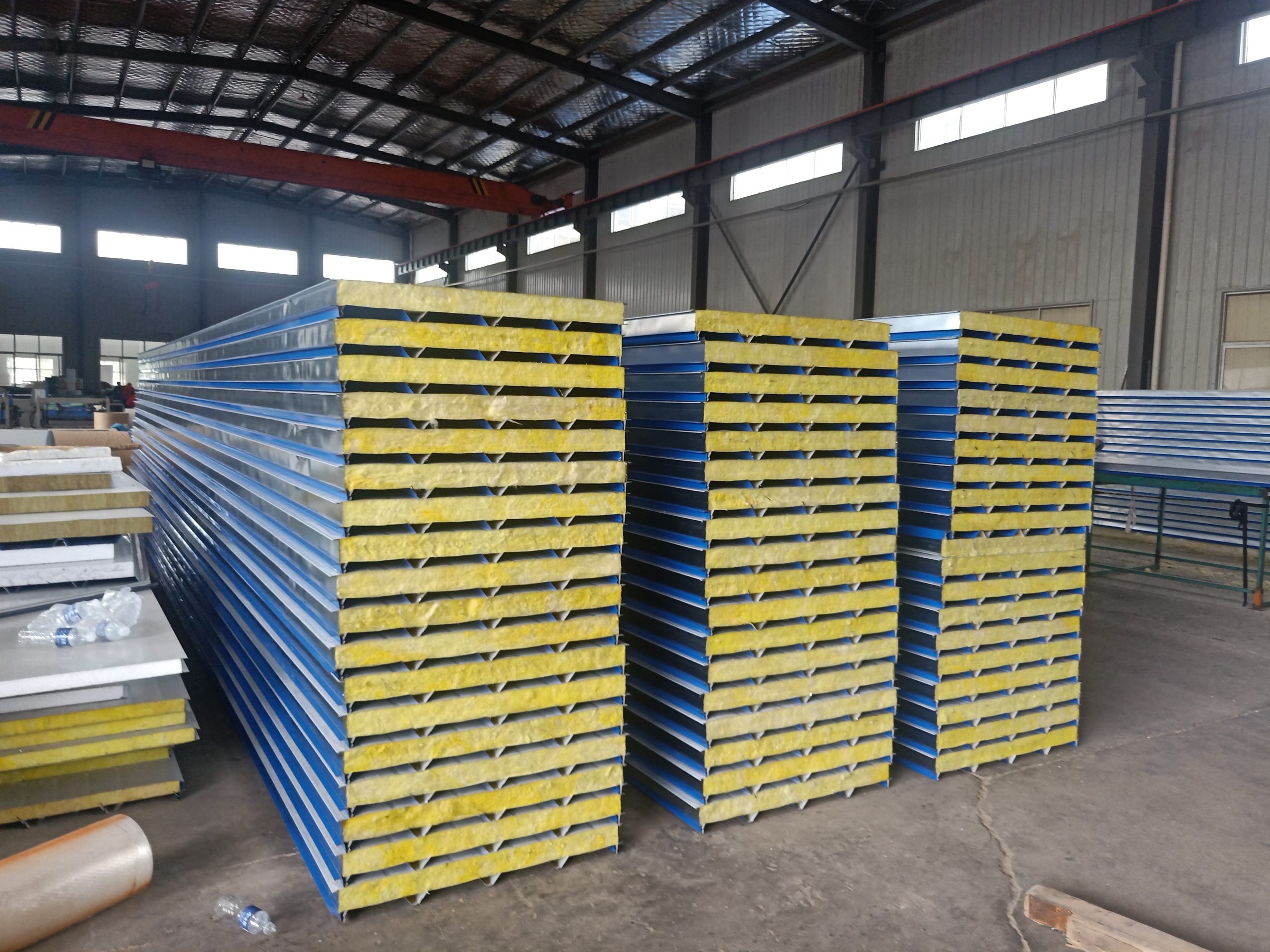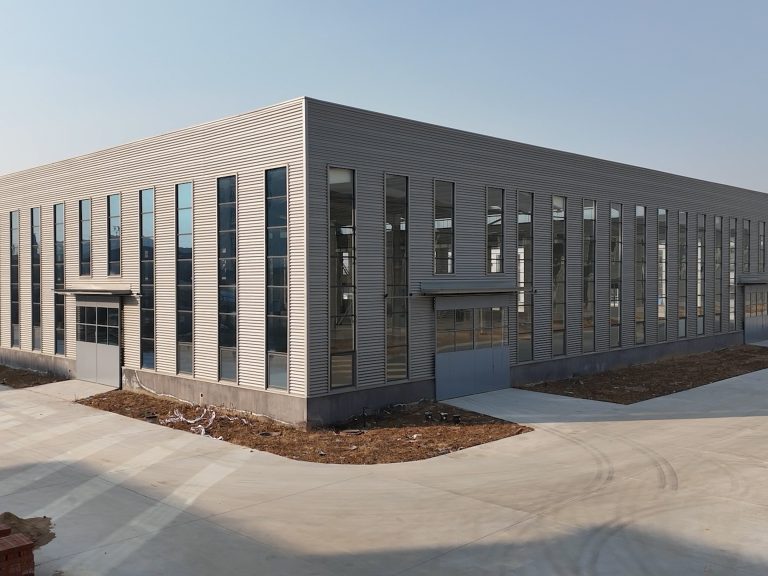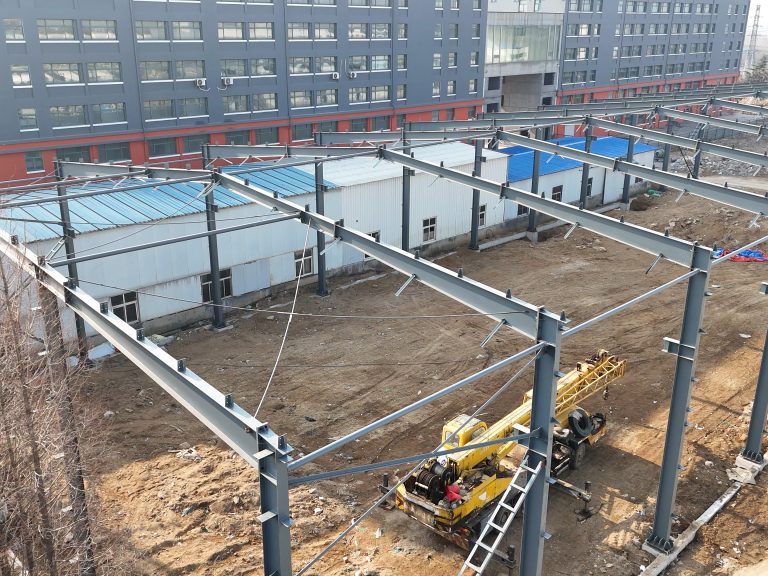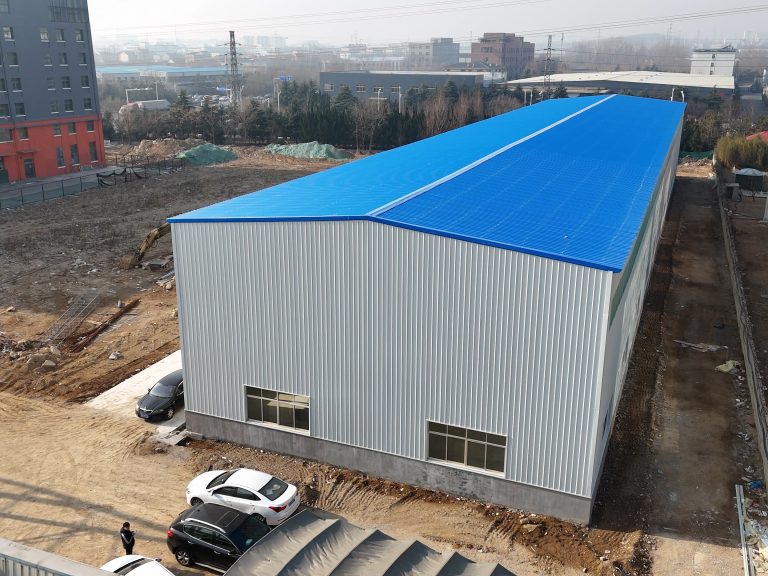Table of Contents
Benefits of Implementing International Standards in Steel Structure Construction
The steel structure industry plays a crucial role in the construction sector, providing the framework for buildings, bridges, and other infrastructure projects. As the demand for steel structures continues to grow, it is essential for industry players to adhere to international standards to ensure quality, safety, and sustainability in construction projects.
One of the key benefits of implementing international standards in steel structure construction is the assurance of quality. International standards set out specific requirements and guidelines for the design, fabrication, and installation of steel structures, ensuring that they meet the highest quality standards. By following these standards, construction companies can deliver projects that are durable, reliable, and long-lasting, ultimately enhancing their reputation and credibility in the industry.
In addition to quality, international standards also play a crucial role in ensuring safety in steel structure construction. Safety is a top priority in the construction industry, and adherence to international standards helps to minimize the risk of accidents and injuries on construction sites. By following established safety guidelines and best practices, construction companies can create a safe working environment for their employees and contractors, reducing the likelihood of workplace incidents and ensuring compliance with health and safety regulations.
Furthermore, implementing international standards in steel structure construction can also lead to increased efficiency and productivity. Standardization helps to streamline processes and procedures, making it easier for construction companies to plan, execute, and manage projects effectively. By following standardized practices, companies can reduce errors, minimize rework, and optimize resource utilization, ultimately improving project outcomes and reducing costs.
Another significant benefit of international standards in steel structure construction is the promotion of sustainability. Sustainable construction practices are becoming increasingly important in the industry, as stakeholders seek to minimize the environmental impact of construction projects. International standards provide guidelines for sustainable design, materials selection, and construction techniques, helping companies to reduce their carbon footprint, conserve resources, and promote eco-friendly practices in their projects.

Moreover, implementing international standards in steel structure construction can also facilitate international trade and collaboration. By adhering to common standards, construction companies can ensure that their products and services meet the requirements of global markets, making it easier to compete internationally and expand their business opportunities. Standardization also promotes interoperability and compatibility between different systems and products, enabling seamless integration and communication between stakeholders in the construction supply chain.
In conclusion, the implementation of international standards in steel structure construction offers a wide range of benefits for industry players, including improved quality, safety, efficiency, sustainability, and international competitiveness. By following established guidelines and best practices, construction companies can enhance their performance, reputation, and market opportunities, ultimately contributing to the growth and development of the construction industry as a whole. As the industry continues to evolve and expand, the adoption of international standards will play an increasingly important role in shaping the future of steel structure construction worldwide.
Challenges and Opportunities for Steel Structure Industry in Adapting to International Standards
The steel structure industry plays a crucial role in the construction sector, providing the framework for buildings, bridges, and other infrastructure projects. As the industry continues to grow and evolve, there is an increasing emphasis on adopting international standards to ensure quality, safety, and sustainability in construction projects. This shift towards international standards presents both challenges and opportunities for the steel structure industry.
One of the main challenges facing the steel structure industry in adapting to international standards is the need for compliance with a wide range of regulations and guidelines. Different countries and regions have their own set of standards and codes for construction, which can vary significantly in terms of requirements and specifications. This can make it difficult for steel structure manufacturers and contractors to navigate the complex landscape of international standards and ensure that their products and projects meet the necessary criteria.
Another challenge is the cost and time involved in implementing international standards. Upgrading equipment, training staff, and obtaining certifications can be expensive and time-consuming, especially for smaller companies with limited resources. Additionally, the process of aligning with international standards may require changes to existing practices and procedures, which can disrupt workflow and impact productivity.
Despite these challenges, there are also significant opportunities for the steel structure industry in embracing international standards. By adhering to recognized guidelines and best practices, companies can enhance their reputation and credibility in the global market. This can lead to increased business opportunities, as clients and partners are more likely to trust and invest in companies that meet international standards.
Furthermore, adopting international standards can improve the quality and safety of steel structures, reducing the risk of accidents and failures on construction sites. This not only protects workers and the public but also helps to avoid costly delays and legal issues that can arise from non-compliance with regulations.
In addition, international standards can drive innovation and efficiency in the steel structure industry. By following established guidelines and benchmarks, companies can streamline their processes, improve product quality, and reduce waste. This can result in cost savings and competitive advantages that position companies for long-term success in the global marketplace.
To successfully adapt to international standards, the steel structure industry must invest in training and education for employees, upgrade technology and equipment, and establish robust quality control systems. Collaboration with industry associations, regulatory bodies, and other stakeholders can also help companies stay informed about changes in standards and best practices.
Overall, the shift towards international standards presents both challenges and opportunities for the steel structure industry. By overcoming obstacles and embracing new guidelines, companies can enhance their competitiveness, reputation, and sustainability in the construction sector. With a commitment to quality, safety, and innovation, the steel structure industry can continue to thrive in a globalized marketplace.





